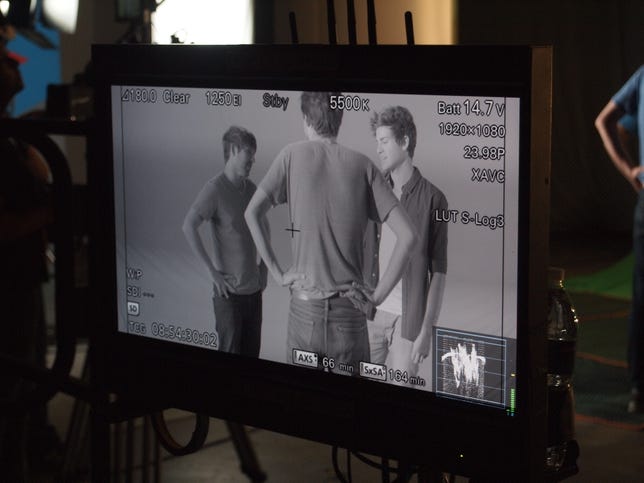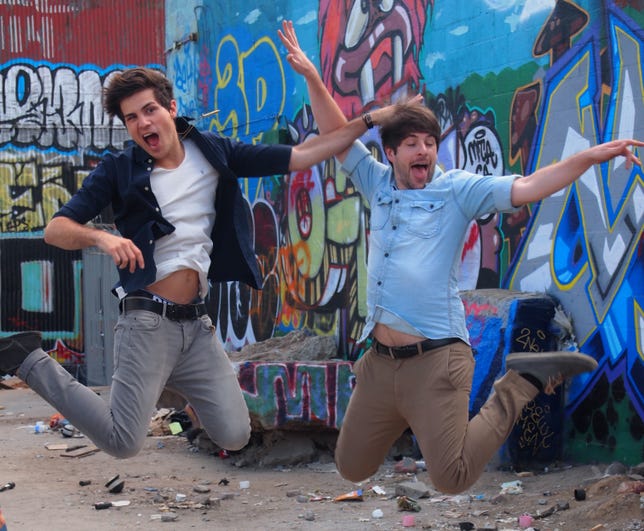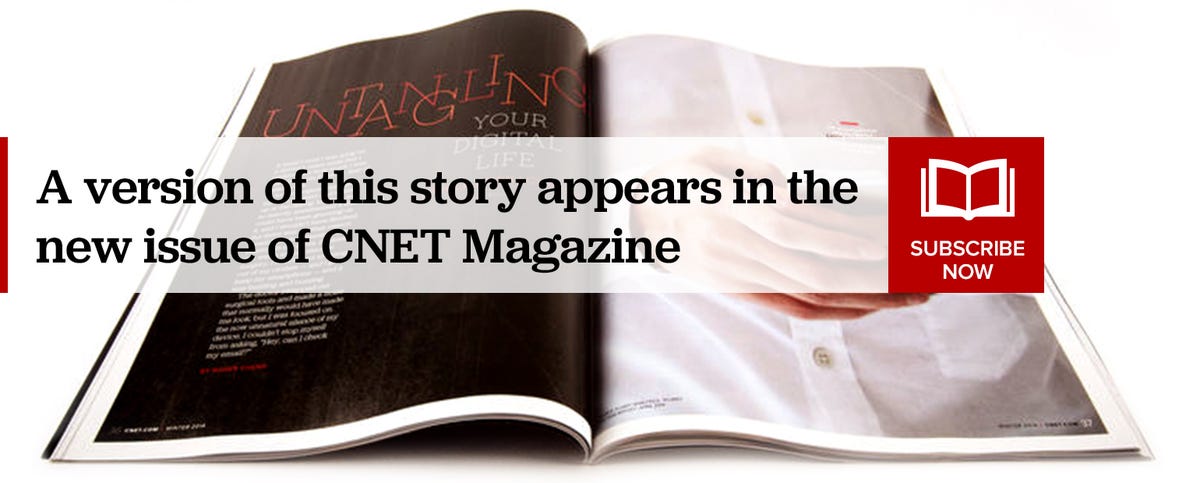Scroll through the comments on Smosh’s first YouTube clip, posted nine years ago, and before long a post will ask how it’s possible that the comedy duo’s channel has 20 million subscribers when the planet has only 6 million people.
Despite the problematic math about the world’s population, the question is a common one among those unfamiliar with Ian Hecox and Anthony Padilla, who together go by their YouTube moniker Smosh: How do people I’ve never heard of have a bigger audience than “Game of Thrones”?
Smosh — a two-man comedy team that has posted clips of pop-culture parodies and man-child slapstick since 2005 — benefited from ideal timing. At 17 years old, they entered the YouTube realm early while its rules and potential were still being defined, and they picked the platform that Google would help turn into the biggest video site on Earth. Their years of tireless lampooning, and the purchase of the Smosh brand in 2011 by a company now known as Defy Media, helped the duo to gradually enhance their comic chops and the production quality of their clips, all while increasing their base of young fans.
Now, among young people who grew up with connectivity baked into their daily media diet, the pair are the biggest stars of their generation.
In 40-minute interview, Hecox and Padilla discussed how YouTube has changed, how their own evolution means expanding beyond Google’s video site, and why, among all their goals, “real TV” isn’t an ambition.
The following is an edited Q&A. To learn more about Smosh, Michelle Phan, and how YouTubers like them are converging into media’s mainstream, read “Generation YouTube” in the latest issue of CNET magazine.
Q: How have you seen the YouTube universe change?
Padilla: At the beginning, there was this competitive vibe like, “Oh, we’ve got to compete for this audience.” But then over the next few years afterwards everyone on YouTube realized the more we work together, the more we collaborate, it just benefits everyone. It just became a really friendly community.


Smosh have the greatest number of subscribers on YouTube of any US-based video creator.
Joan E. Solsman/CNET
Q: I’ve heard the term “Team Internet” (a shorthand phrase online video makers use to describe their camaraderie). Padilla: Yeah, exactly. That’s the thing now. Everyone wants people online to be respected in the same way that all the other media industries are respected. We put in as much work as all the other industries, I think.
Q: Do you feel like the attitude’s shifting? That mainstream media are starting to get what you do more? Padilla: I think they get that it’s important and they’re trying to figure out why.
Hecox: Traditional outlets have tried a lot times to break into YouTube or bring a celebrity in.
Padilla: All they’re doing most of the time is taking their traditional media and trying to bring it online at a smaller scale. It needs to be completely different to connect with your audience in a way that you can’t do elsewhere.
Hecox: We’ve seen a lot of YouTubers leave YouTube for a moment, or try to do something else and leave YouTube, and it destroyed them. It’s crazy how fast, if you’re not consistent with your content and consistently engaging with your audience, it’s pretty crazy how fast the audience can just dissipate.
Q: You didn’t make any money for a few years, and then Google introduced the YouTube Partner Program that gave creators ways to make money on the site. How has that grown? Hecox: Well, I mean I guess the big moment was, you know we were both living at our parents’ house, and the partnership program happened and we started bringing in a little bit of money, and we were like, I think we can actually move out of our parents’ house. We were pretty stoked about that.
Padilla: We hired a cameraman also.
Hecox: Oh yeah. We hired a camera guy, so we didn’t have to have the tripod do all the work.
Q: So that was your big splurge? You got a camera guy? Hecox: Yeah, yeah. I got a new camera, and a few other things. [Laughs]
Q: With YouTubers like you, the old metrics of media success don’t really apply. Are there ways you describe to people how successful you are? Hecox: I mean, you usually just throw down a bunch of numbers. Like our channel has, what is it, 3.5 billion views now?
Padilla: Yeah
Hecox: So that’s a nice little number to throw down. It’s something that if people don’t understand YouTube they at least understand that 3.5 billion views is a big deal. [Note: Since this interview, Smosh’s primary channel has surpassed 4 billion views.]


Smosh shot their first video in Padilla’s childhood bedroom.
Joan E. Solsman/CNET
Q: How much did you earn the first year that you started making money? How much has that grown? Padilla: It started with a small amount that we made, and now it’s a ton more because there’s a ton more viewers on YouTube. It’s all growing exponentially.
Hecox: We’re also a company and we’re paying a lot of people to keep Smosh going. Not just for our YouTube channel, but we also have our website. We’re trying to always expand Smosh and make Smosh a big thing.
Q: Where do you focus your resources to be a company that can grow? Padilla: We’re trying to evolve a lot away from YouTube, because YouTube is awesome –– they have a huge audience, and we started there — but then you’re at the mercy of their algorithms a lot too. They can change anything, and it’s really up to them, and you can’t say anything about it. So we’re trying to evolve away from YouTube on our website with articles and a bunch of other stuff on there. We created a game that was crowdfunded by the fans. And then we shot a movie. Lions Gate picked up distribution rights for that.
Q: How did it feel to make a movie? Padilla: It’s exciting. You do YouTube for nine years, and it starts to feel like you’re doing the same thing over and over, but with the movie it’s completely different. There’s a big crew, you’re taken seriously, you’re learning a character and evolving it.
Q: And then what about “real TV?” Padilla: I know maybe two people that are making videos online that actually want to go into TV. Everyone else is perfectly happy making their own schedule with their own audience, and they have control over doing whatever they want with it.
Q: How would you respond to someone who asks you when you’ll graduate from YouTube to do a television show? Padilla: That’s a really traditional media way of thinking of things. You basically do have a TV show when you’re making stuff online. You have an audience that you make stuff for regularly. I don’t see much of a difference there.
Hecox: You just don’t have people to answer to.
Update, 9:50 a.m. PT: Defy Media’s acquisition of the Smosh brand has been added.






